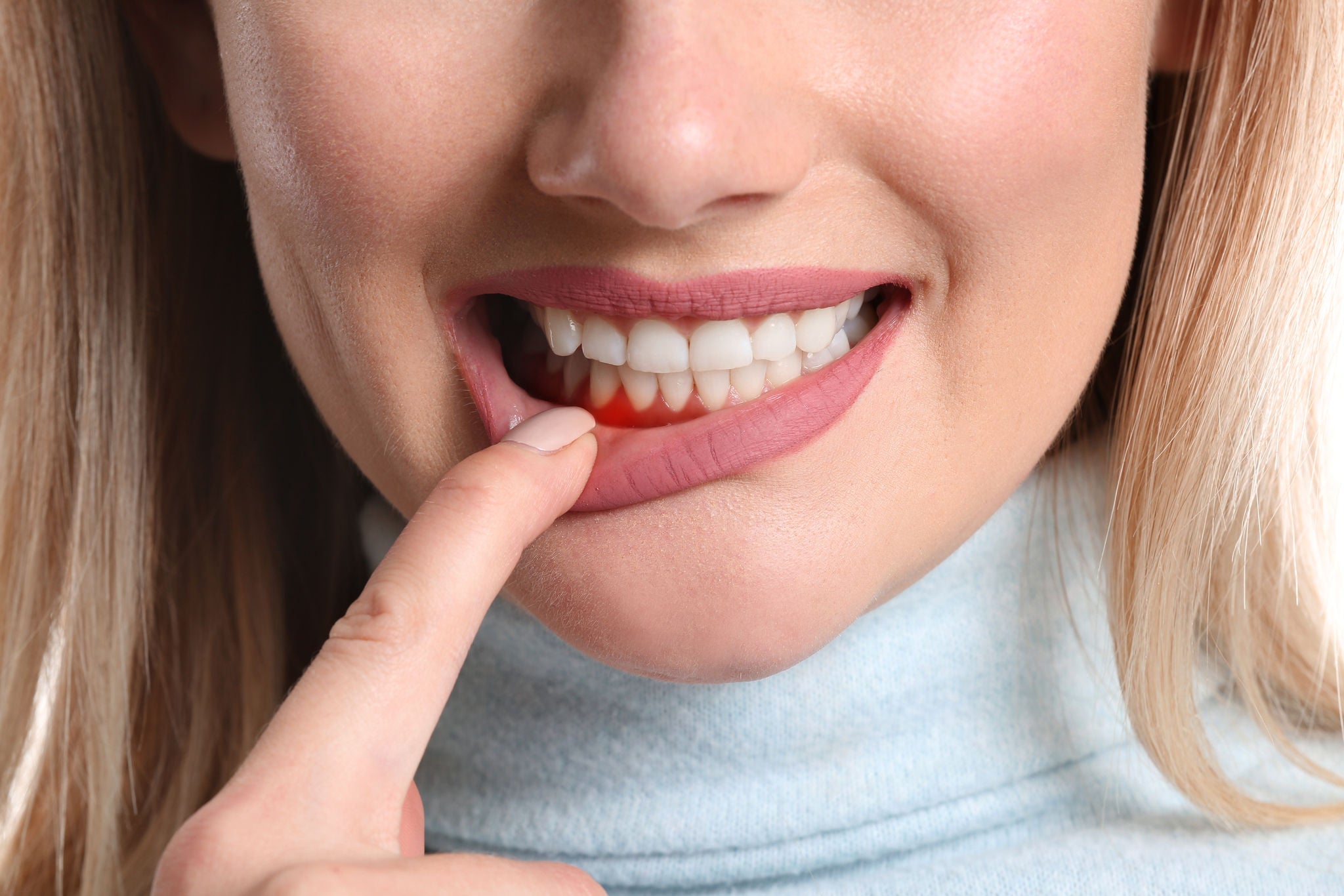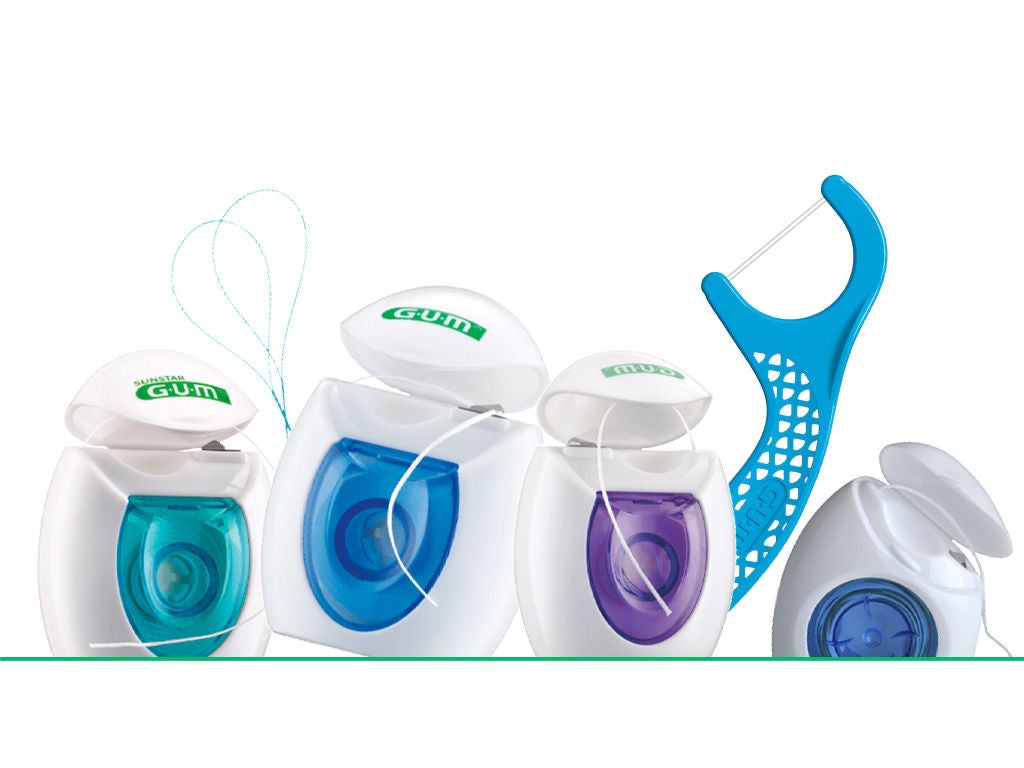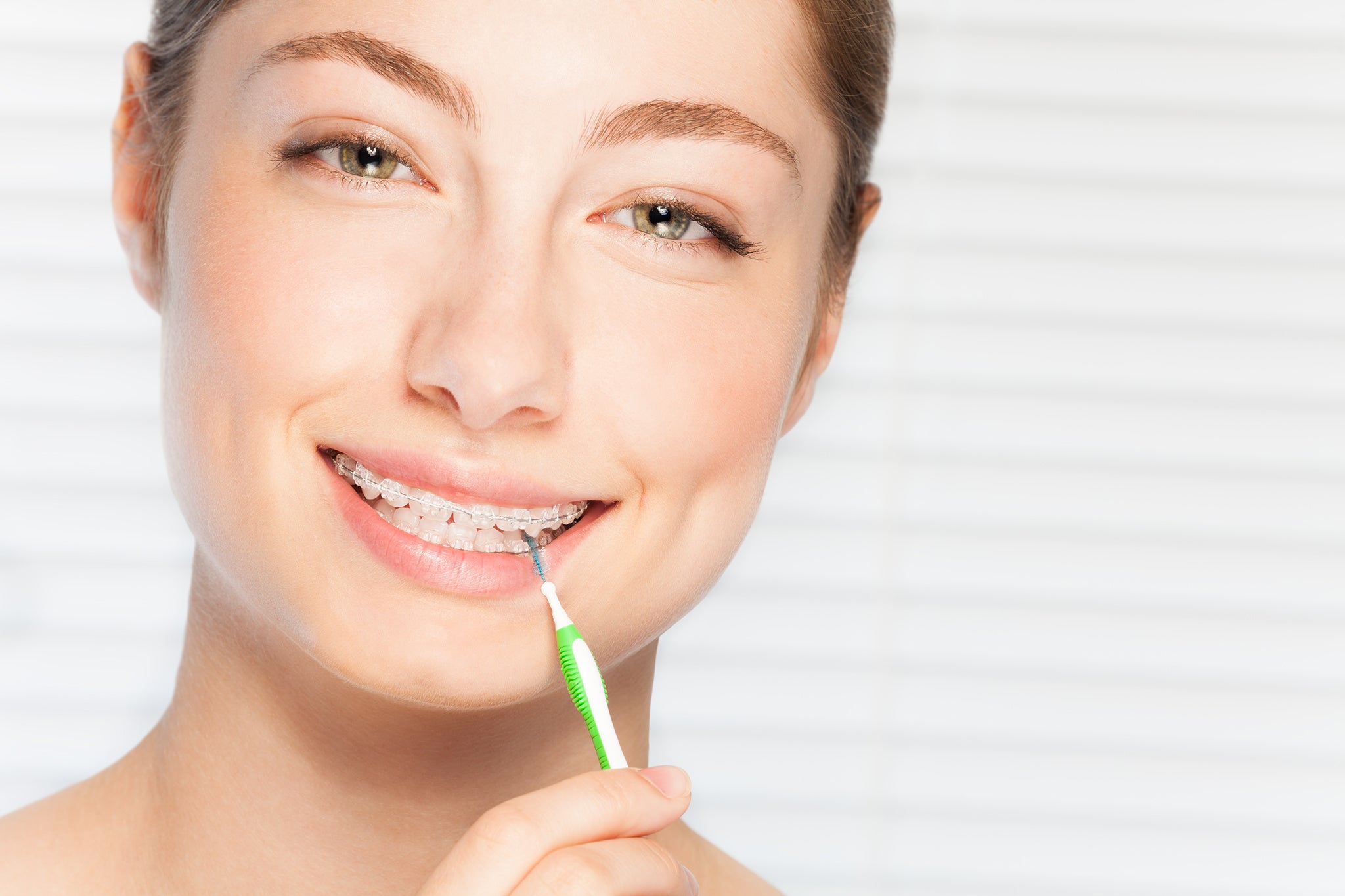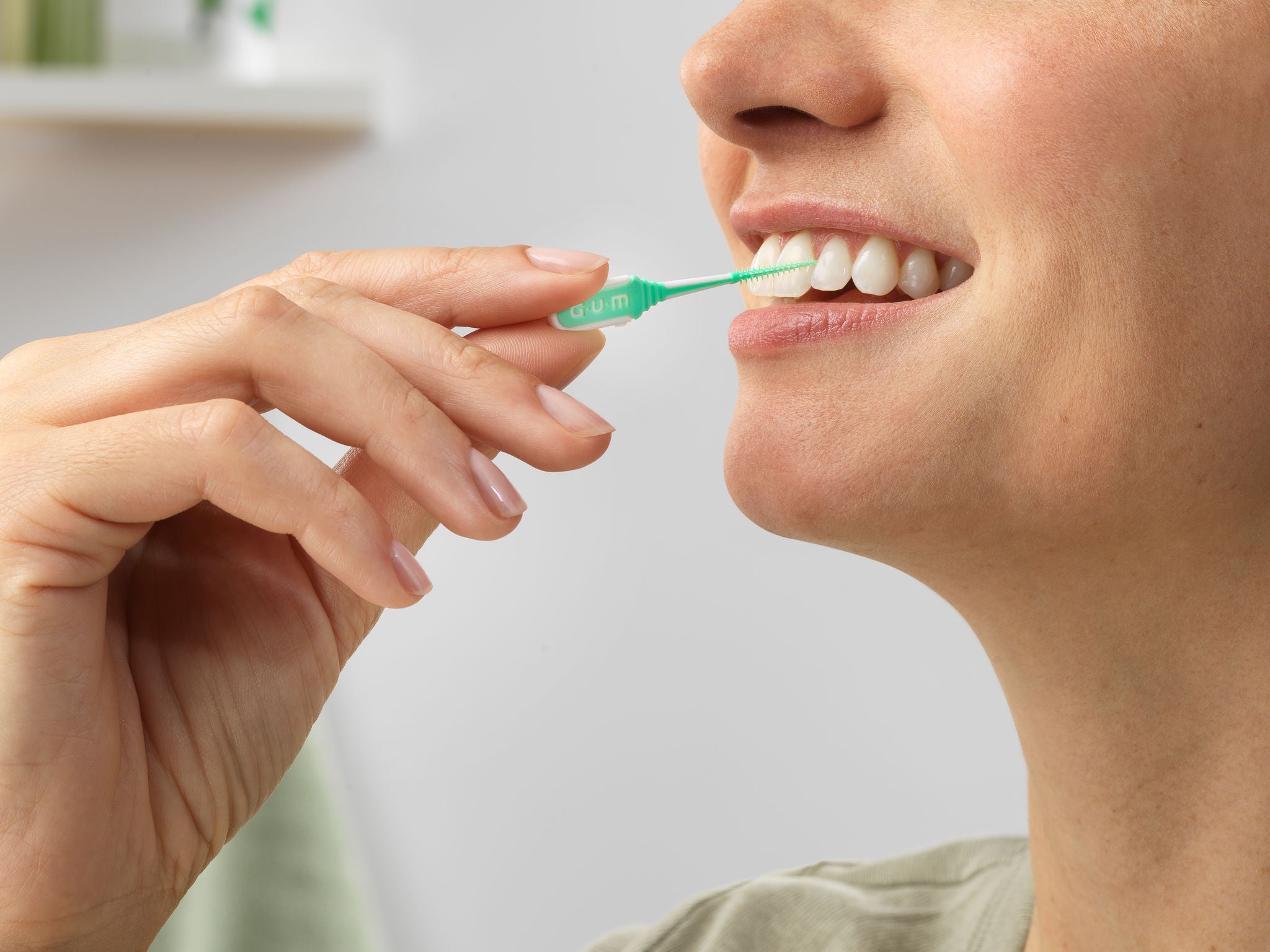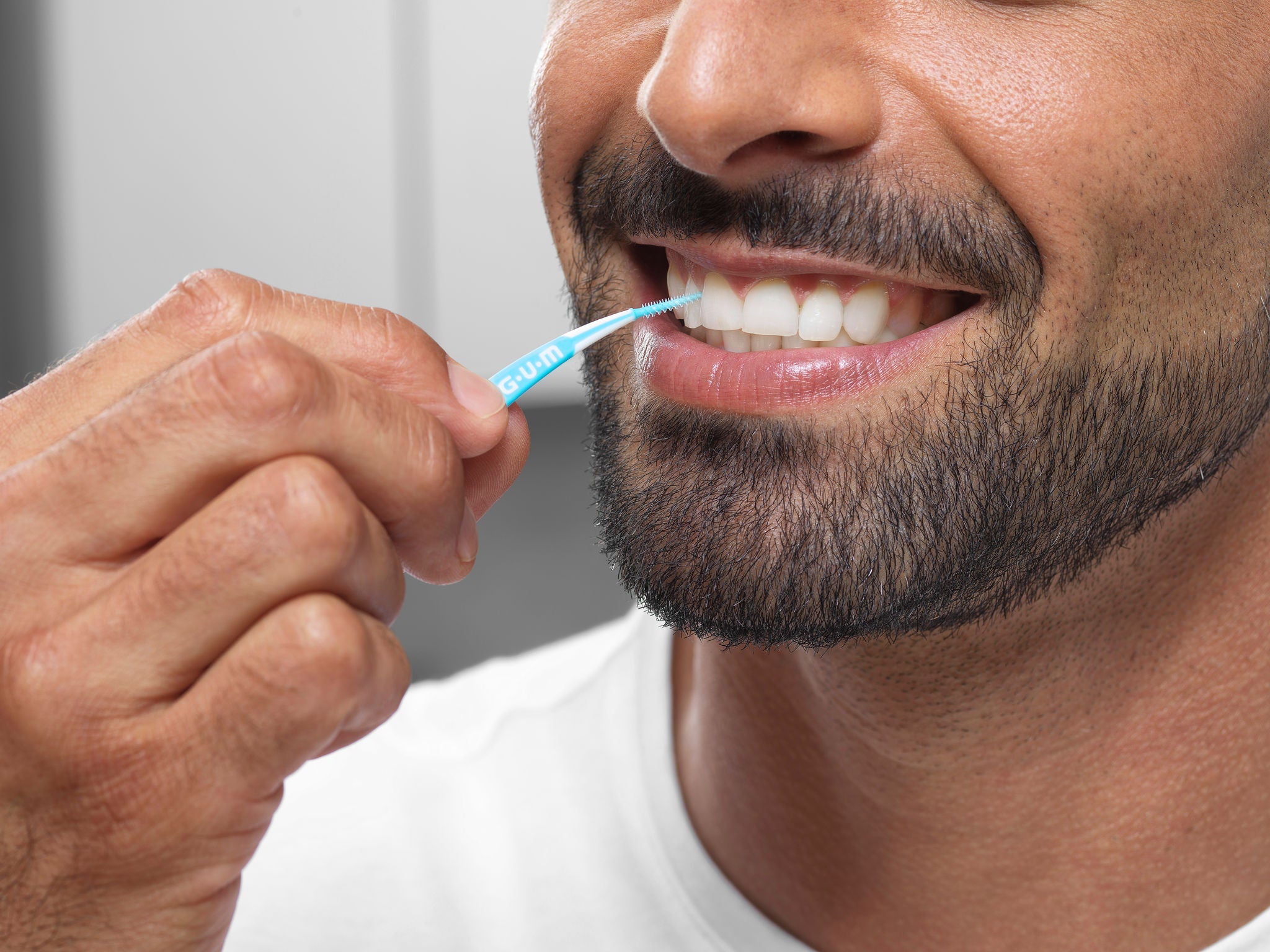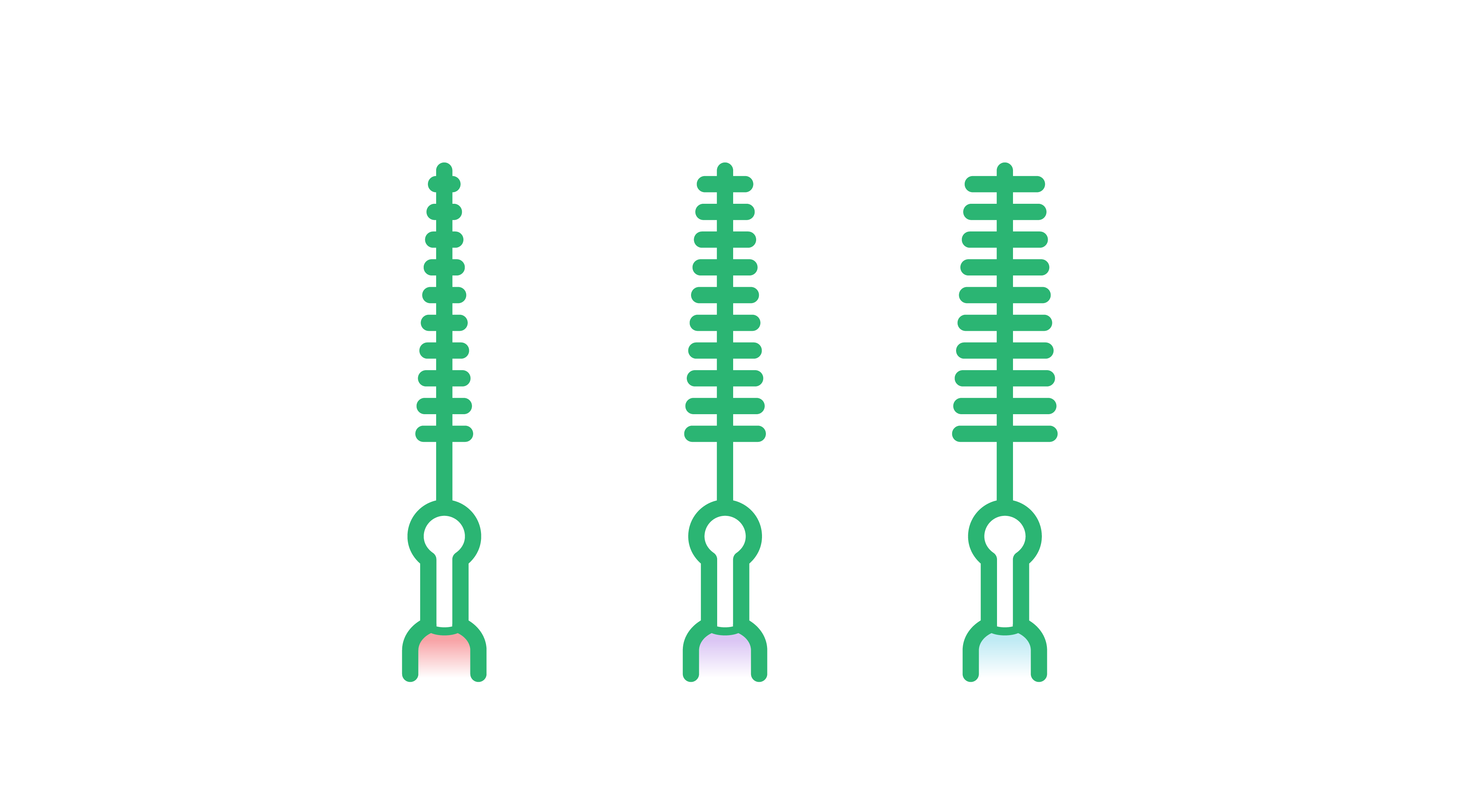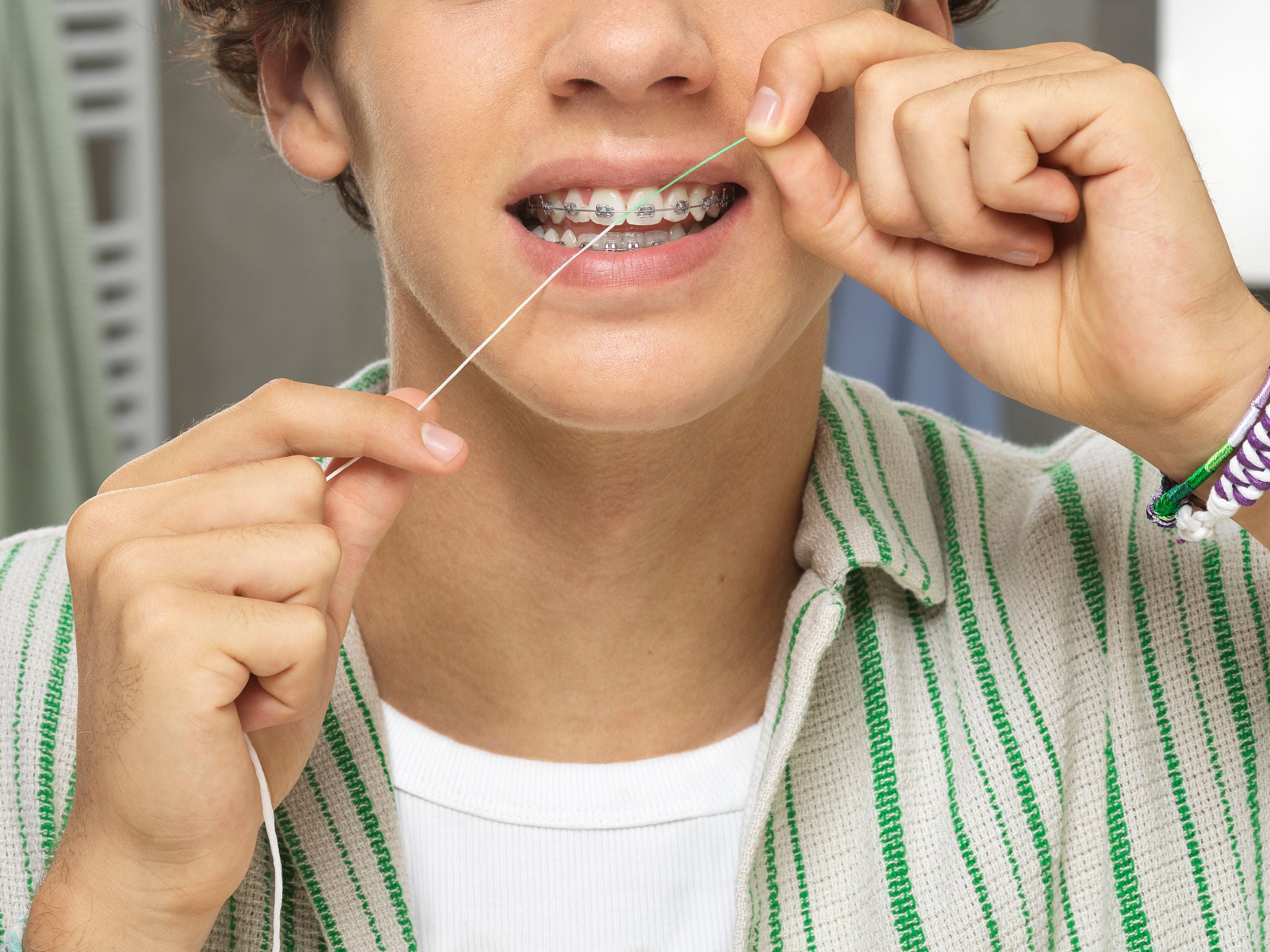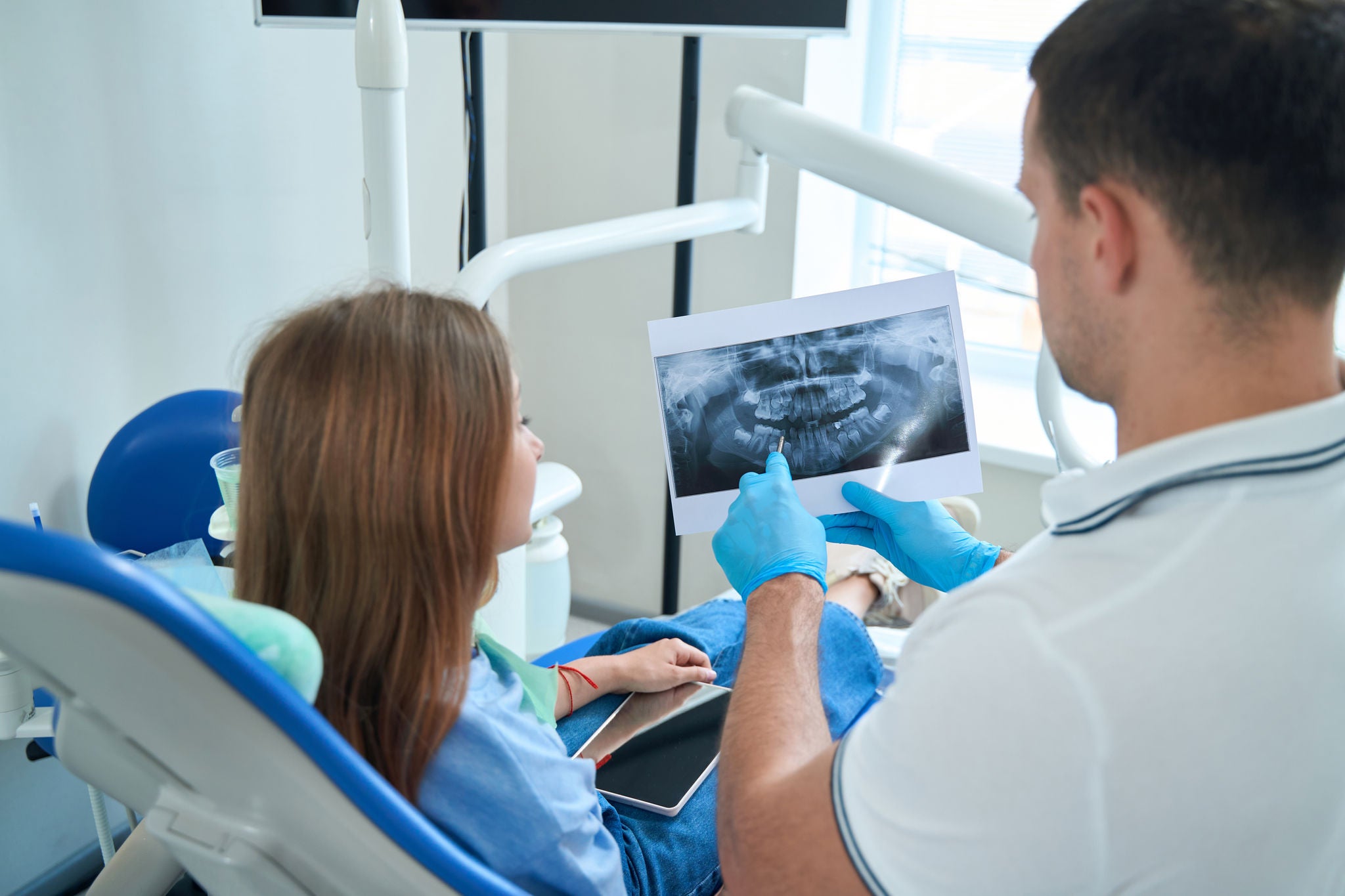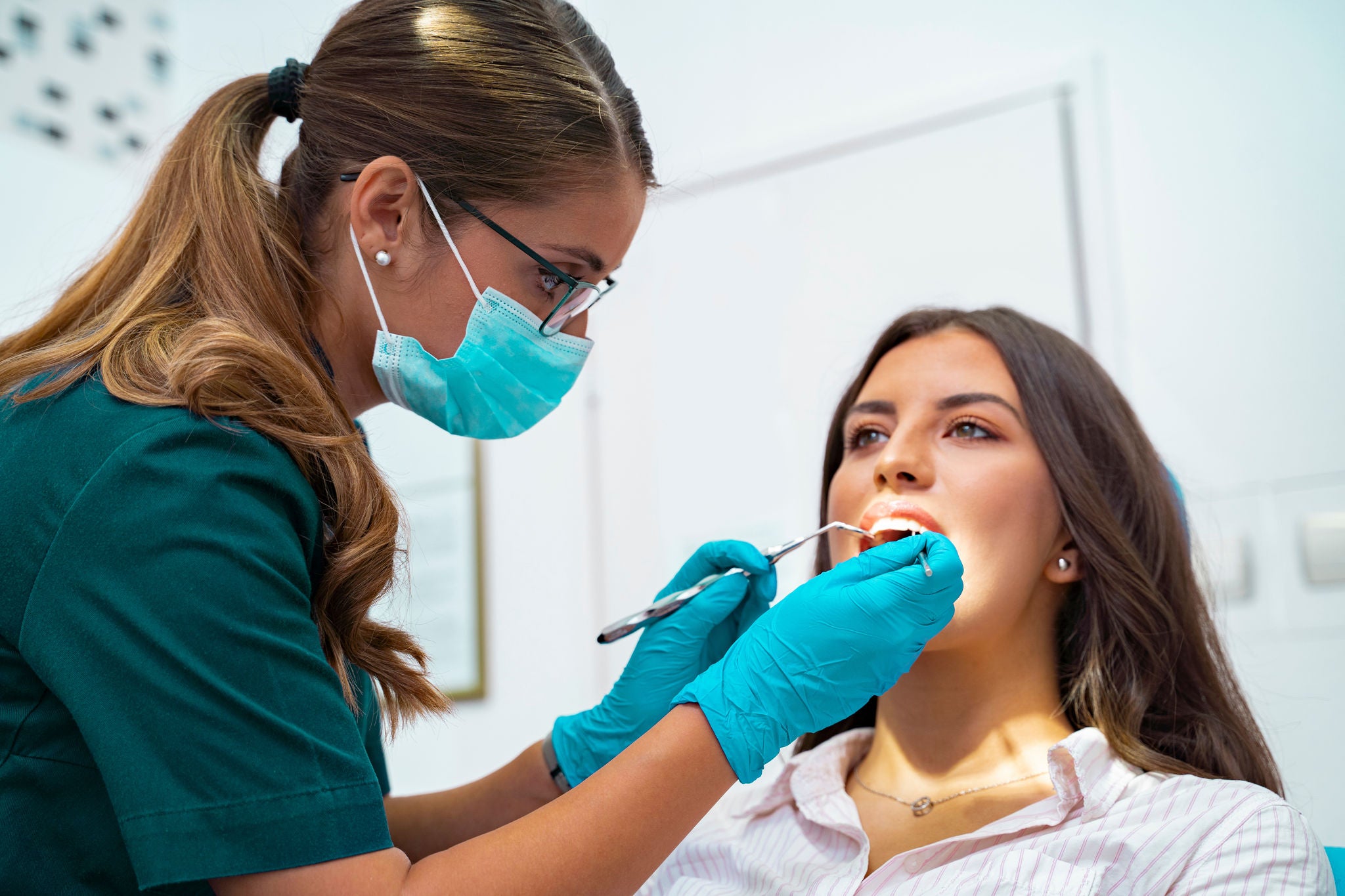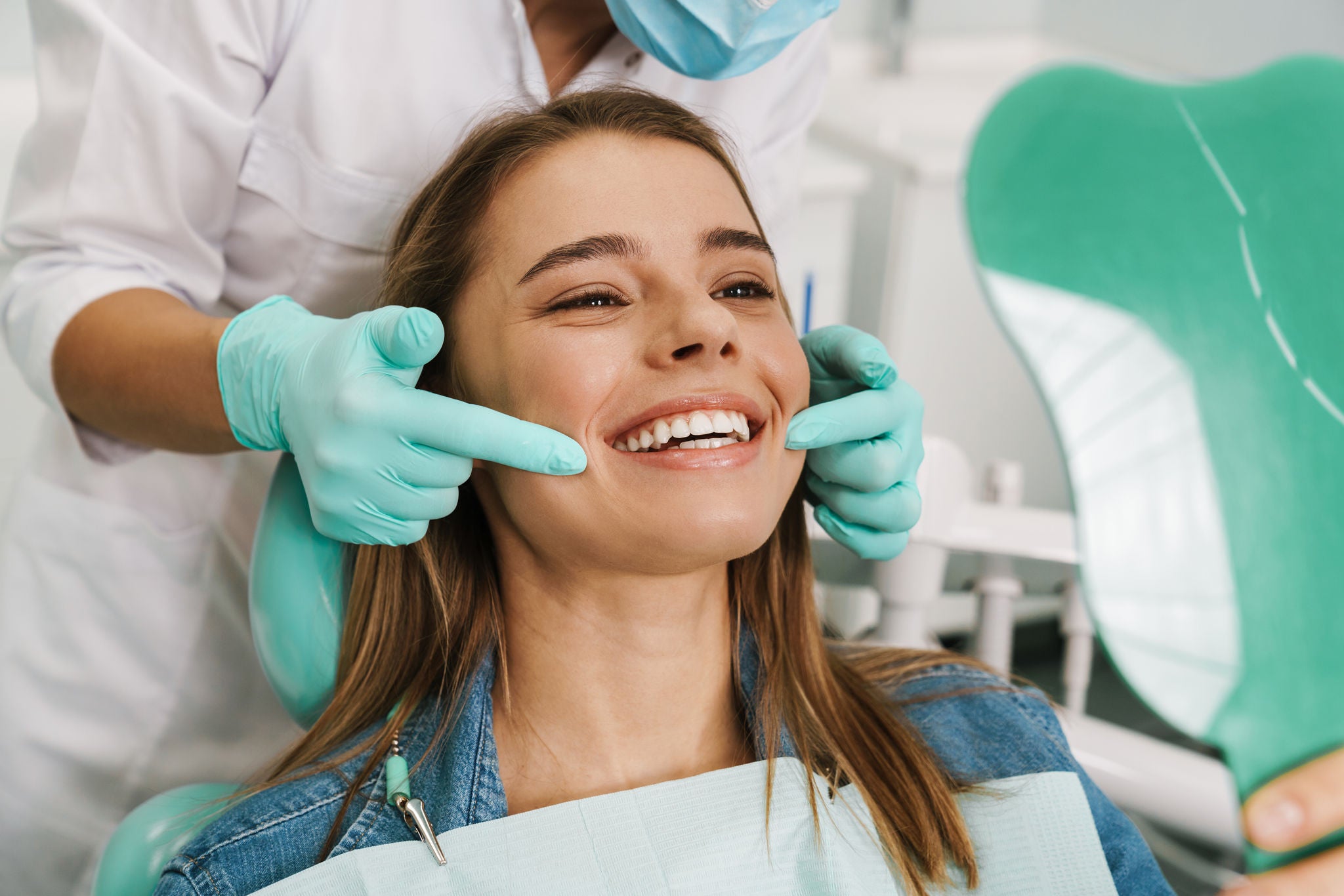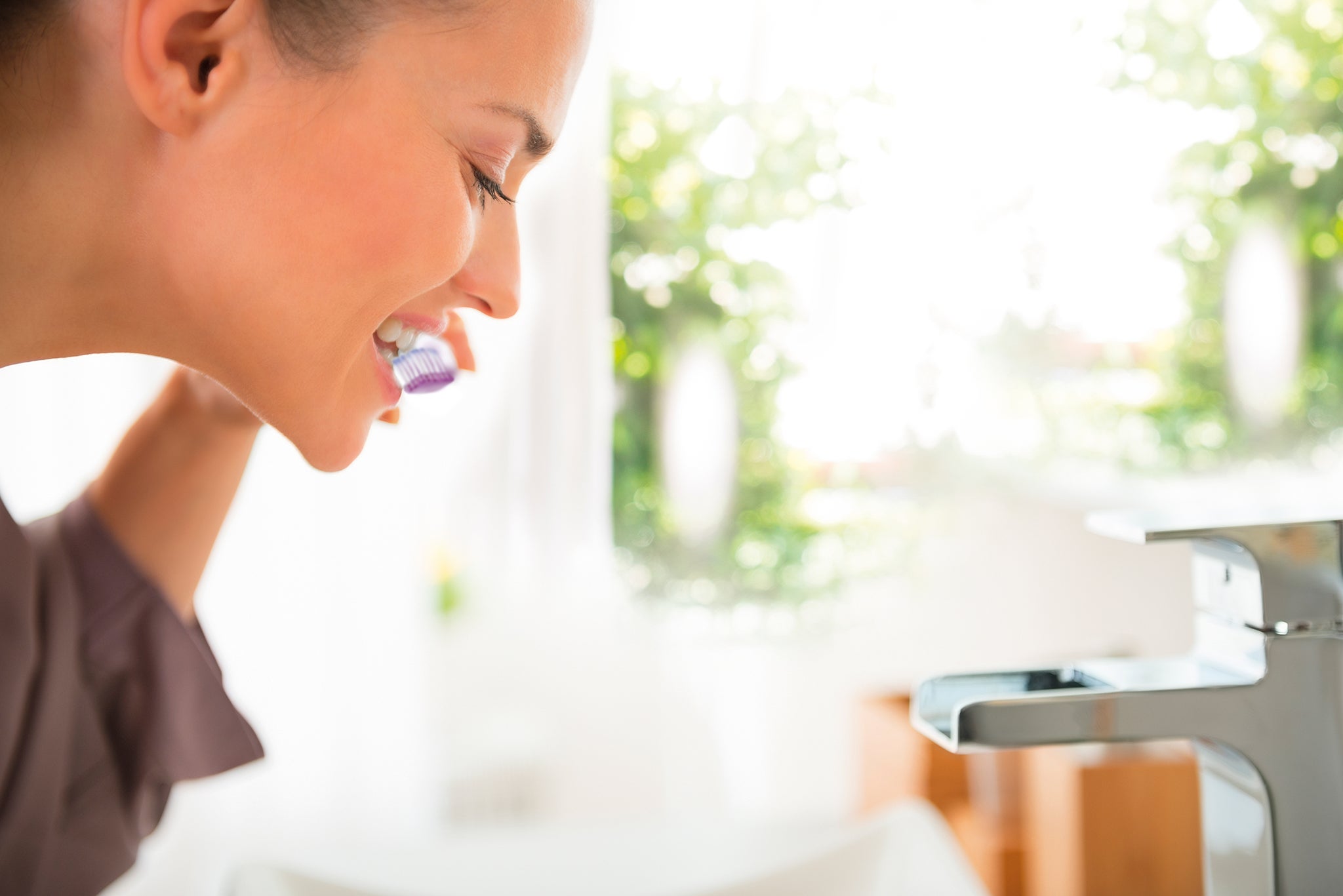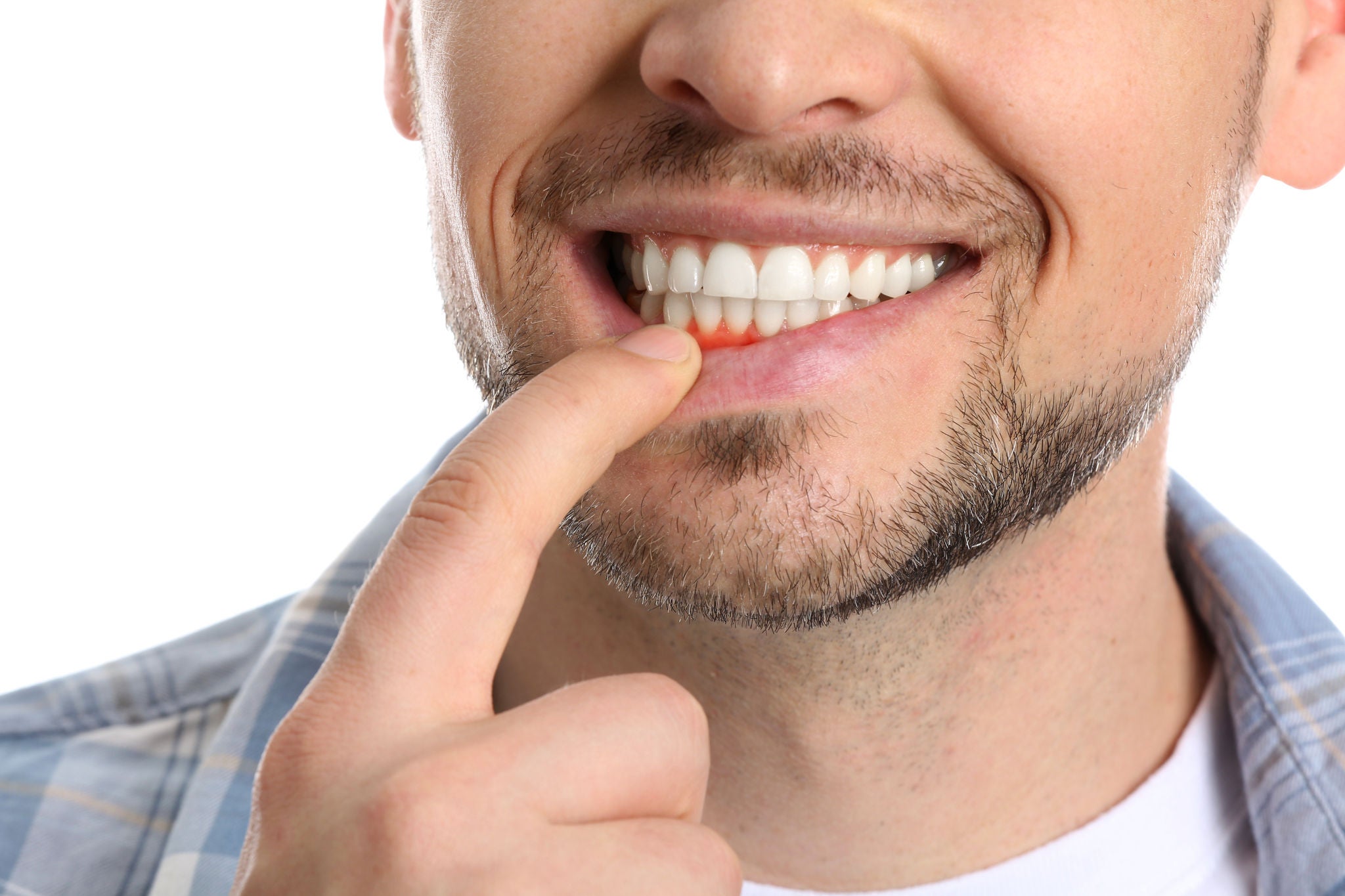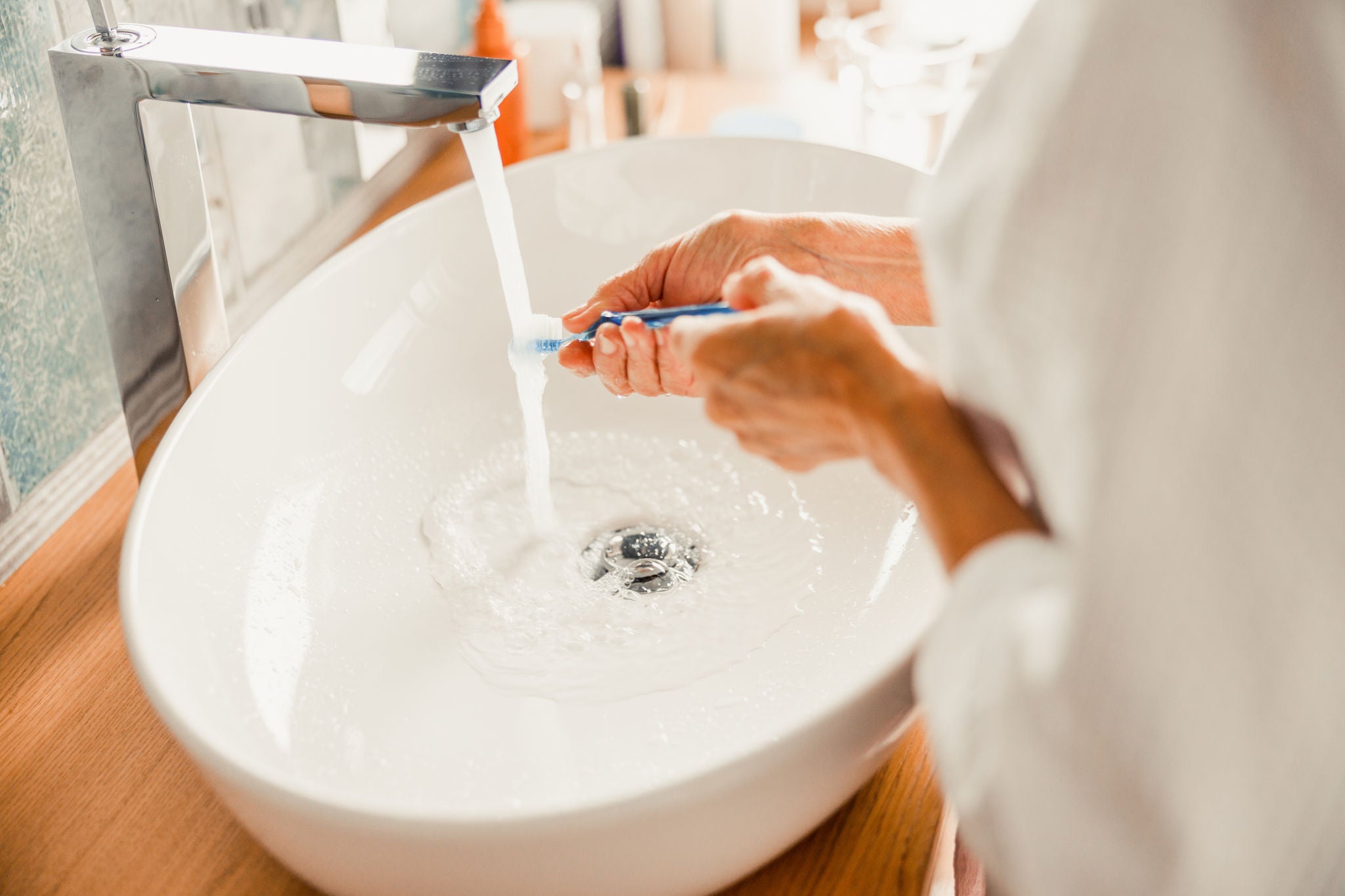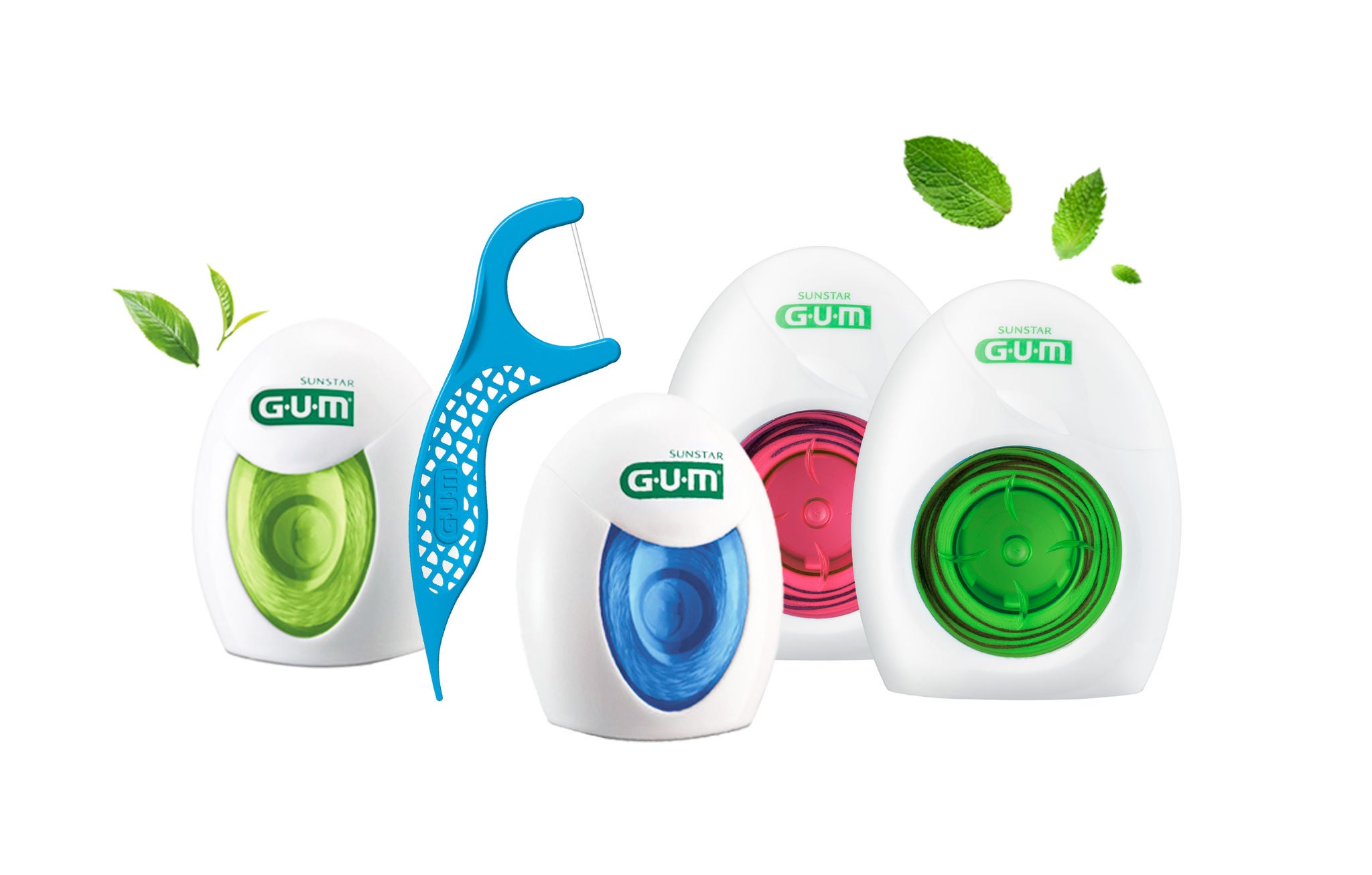
Why Should I Clean Between My Teeth?
What goes on between your teeth can seriously affect your oral and general health
You probably brush your teeth twice a day which is great. It’s a crucial step to keep them clean and healthy. But what about those areas of your teeth you can’t see? Keep on reading to find out why they deserve the same amount of love and attention.

I brush my teeth twice a day. Is that enough?
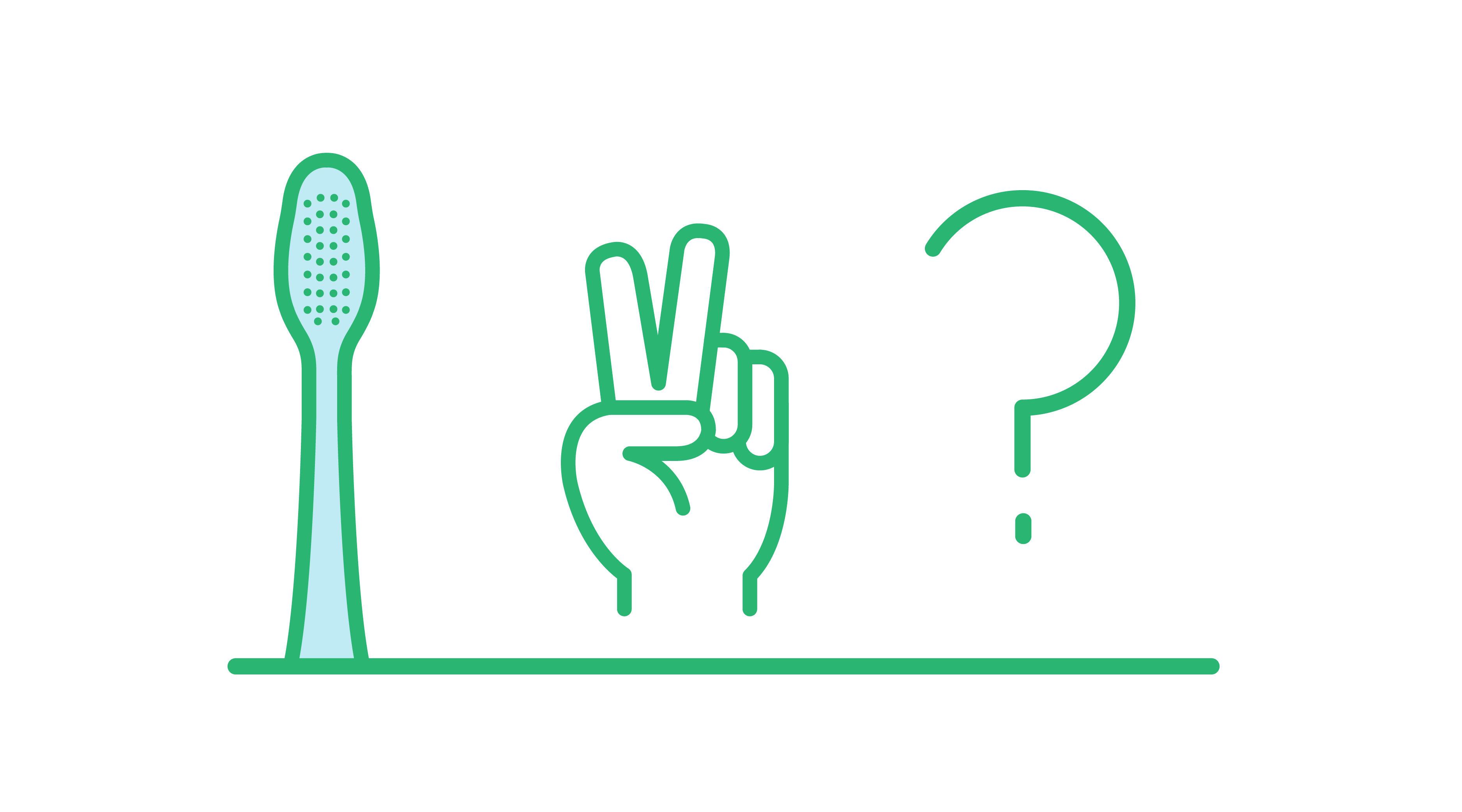
Excellent question! Unfortunately, the answer is no...
When you brush your teeth you cover your outer, inner and biting surfaces, often without even thinking about it. But what about the spaces between your teeth? That’s right, teeth have a total of five surfaces, three of which are visible and easily accessible with a toothbrush and two of which aren’t.
After eating or drinking, food debris and sugars can stick around your mouth. Even more so between the teeth where they get trapped and cleaning with a toothbrush is difficult. Just because you can’t see your interdental spaces doesn’t mean they don’t need cleaning. In fact, they deserve as much care and attention as the rest of your teeth.
Indeed, any food debris stuck between your teeth will contribute to plaque build-up. Plaque forms when bacteria and the waste they produce, food debris and saliva, combine to form a biofilm [1]. This pale yellow and sticky deposit settles all over the tooth surface, in particular between the teeth. If you don’t remove plaque it will calcify and turn into tartar – a darker and much harder deposit – which can only be removed by an oral health professional [2]. This external deposit makes it easier for new bacteria and food to attach to the tooth surface, thus contributing to further plaque formation [3].
By not cleaning between your teeth, you’re putting your oral health at risk.
What if I don’t clean between my teeth?
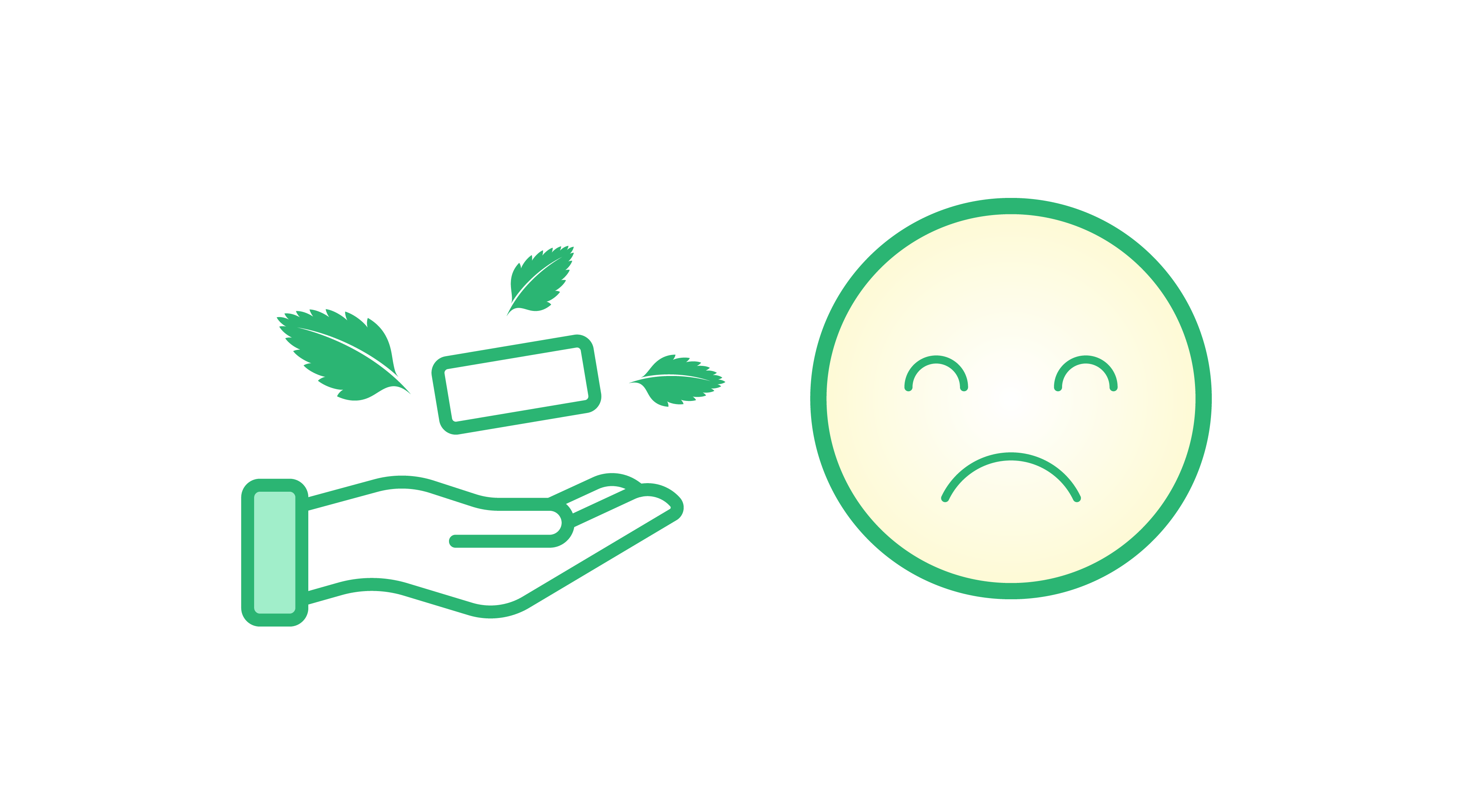
Someone might offer you a breath mint!
Bad breath, also known as halitosis, is one of the many consequences of plaque. In fact, poor dental hygiene is one of the main causes of bad breath [4]. Indeed, if you don’t get rid of leftover food and bacteria, particularly from between your teeth, food will start to decay, producing a foul smell [5]. On top of giving you bad breath, plaque can affect the appearance of your teeth. Because of the build-up, your teeth can start to look yellow, while the acids in plaque can erode enamel, causing stains and decay to appear on the tooth surface. Cleaning between your teeth on a daily basis can be of great help in preventing these sorts of issues.
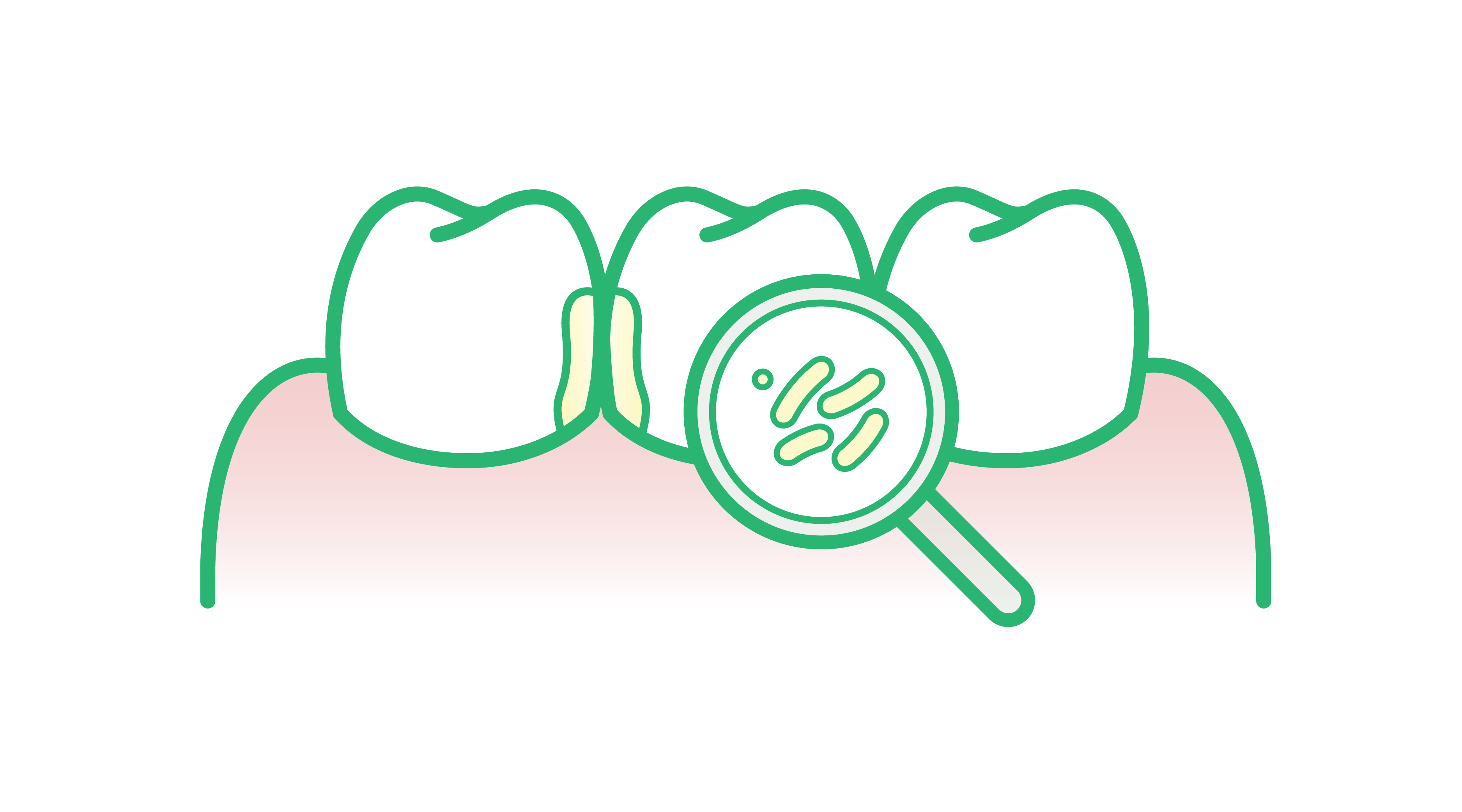
You're creating the perfect conditions for gum disease and further complications
You wouldn’t think it but those small hidden spaces between your teeth can actually cause a lot of damage in your mouth. Indeed, this is a hotspot for food debris and bacteria. If you don’t actively remove them, they stick around and form plaque. This plaque can damage your teeth, potentially causing decay and sensitivity [6], but also has serious implications for your gum health. Indeed, the bacteria in plaque release toxins [7] which can cause gum disease.
As plaque builds up around the gum line, these toxins can easily come into contact and penetrate gum tissue, in turn irritating the gums and causing inflammation [8]. This is known as gingivitis, early-stage gum disease [9], and affects up to 90% of adults worldwide [10], depending on its exact definition. Symptoms include tenderness, swelling and/or bleeding when cleaning between your teeth [11].
By not cleaning between your teeth, you’re laying down the foundations for these types of issues. Before you know it, the bits of food and bacteria between your teeth have turned into plaque, damaging your gums and teeth. The good news is you can manage and reverse gingivitis with good oral care, which includes cleaning between your teeth daily [12].
If you don’t take action, gingivitis can progress to periodontitis, which has also been linked to general health conditions [13]. This severe form of gum disease involves bone and tissue loss around the teeth [14]. Chronic inflammation will cause the gums to pull away from the tooth and form pockets which can become infected [15]. As the infection spreads below the gum line, the body’s immune response system is activated. Combined with bacterial toxins, this immune reaction can cause the breakdown of bone and tissue supporting the teeth [16]. When this happens, professional intervention is required to halt progression and prevent tooth loss [17].
As gums become compromised, they are no longer able to form a barrier against harmful bacteria, which find it easier to enter the bloodstream and travel to other parts of the body. Here, they can cause inflammation and put you at risk of developing or aggravating systemic conditions such as diabetes, heart disease and stroke [18]. By taking care of your oral health, you’re also helping to protect your overall health [19].
How to get started with interdental cleaning?
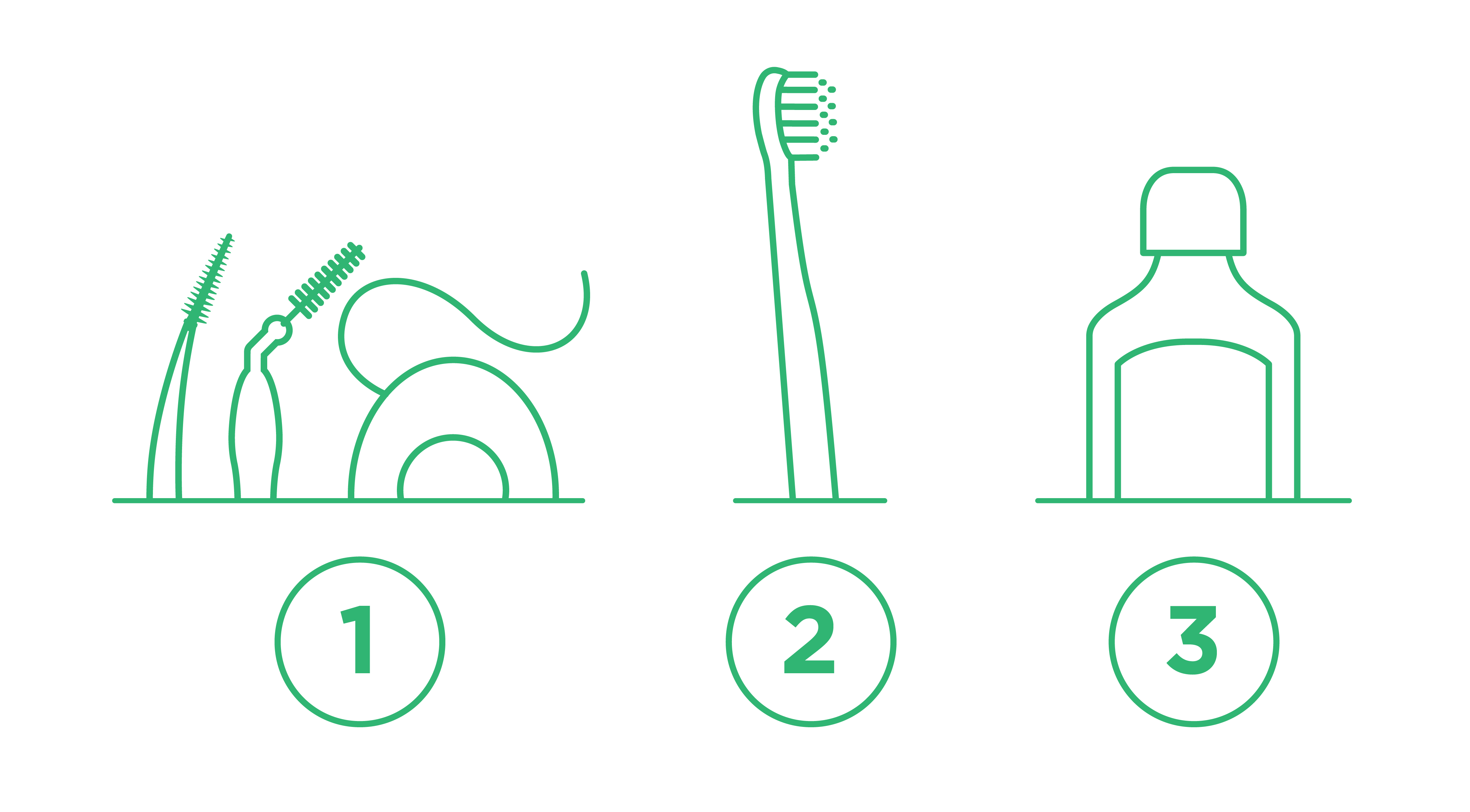
Easy steps to establish a complete routine
The key here is to adopt small, easy habits that easily fit into your everyday life to help you establish a routine. This means choosing the method that works best for you. For instance, if you find flossing tricky, you could try using a different tool. How about an interdental brush or rubber interdental pick? Unless you have very tight interdental spaces, both have been proven to be more effective than floss at removing plaque from between teeth [20]. Rubber picks are a firm favourite as they’re really easy to use and actually feel good – they even massage your gums! Many people struggle to clean between their back teeth. If this is your case, try using an interdental with a bendable neck or an ergonomic shape to help you reach back there.
Choosing the right size will also make interdental cleaning a whole lot easier and more comfortable. The tool should fit comfortably, but snuggly – if you find you have to push then you need to go down a size. All of our interdentals come in different sizes so you can find the perfect size(s) for you. If your teeth are really tight, a fine floss could also be a good option.
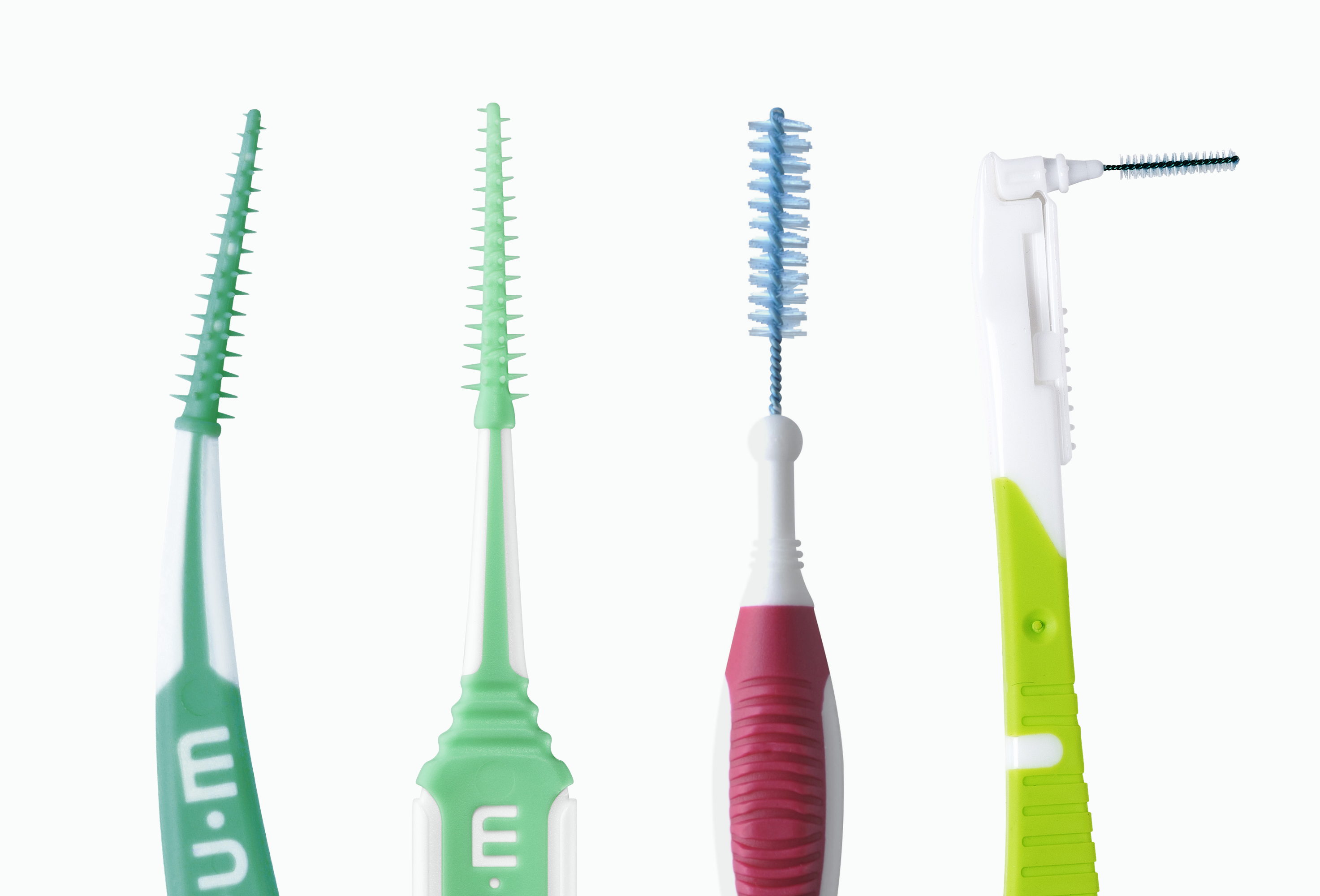
Choosing the right size will also make interdental cleaning a whole lot easier and more comfortable. The tool should fit comfortably, but snuggly – if you find you have to push then you need to go down a size. All of our interdentals come in different sizes so you can find the perfect size(s) for you. If your teeth are really tight, a fine floss could also be a good option
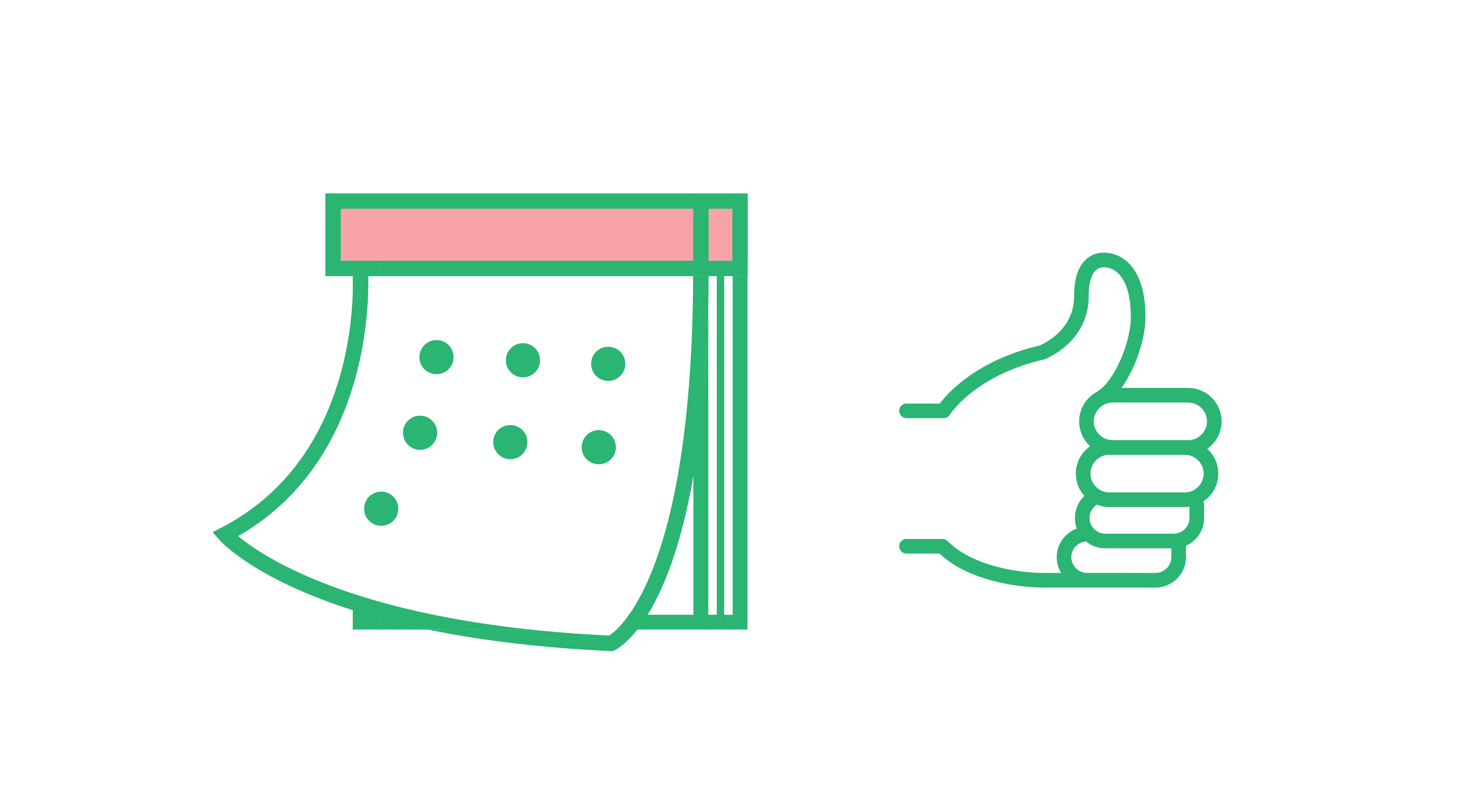
Do it every day!
Whether you prefer to use an interdental brush, pick or floss, or a combination, what’s important is to clean between your teeth every single day after brushing. By the way, many people prefer to do it at night, right before they go to bed. If sticking to a routine is a struggle, you could try keeping your interdental or floss next to your toothbrush to remind you. If you’re also looking for a quick and easy way of getting rid of any food pieces stuck between your teeth during the day, there are some great on-the-go solutions. For more details on how to clean between your teeth, check out our video. Make sure you also visit your oral health practitioner twice a year for a professional cleaning and personalized care.
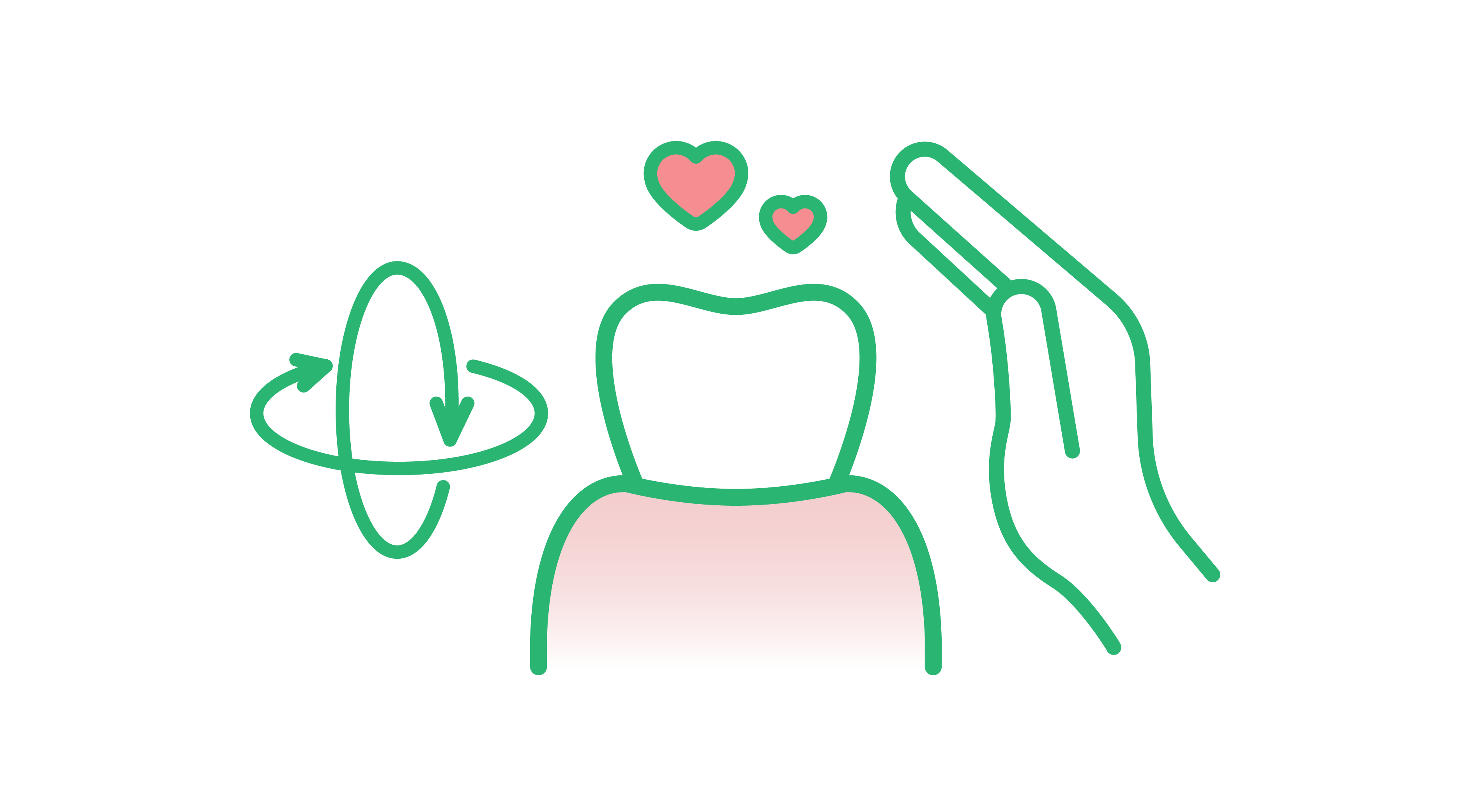
Keep healthy and protect your gums and teeth against plaque at 360°
1. Hidden interdental spaces are a hotspot for plaque and food debris. Make sure you clean between your teeth at least once a day, using an interdental brush, rubber pick or floss.
2. Over time plaque can increase the risk of developing more serious systemic conditions such as heart disease and stroke. It can also aggravate an existing condition, such as diabetes. The better you protect your oral health, the better you protect your overall health. By brushing, cleaning between your teeth and rinsing every day, you’re caring for both!
3. If left untouched, plaque eventually turns into tartar which can only be removed by a professional. Visit your dentist or hygienist at least twice a year for personalized care and a professional cleaning.
